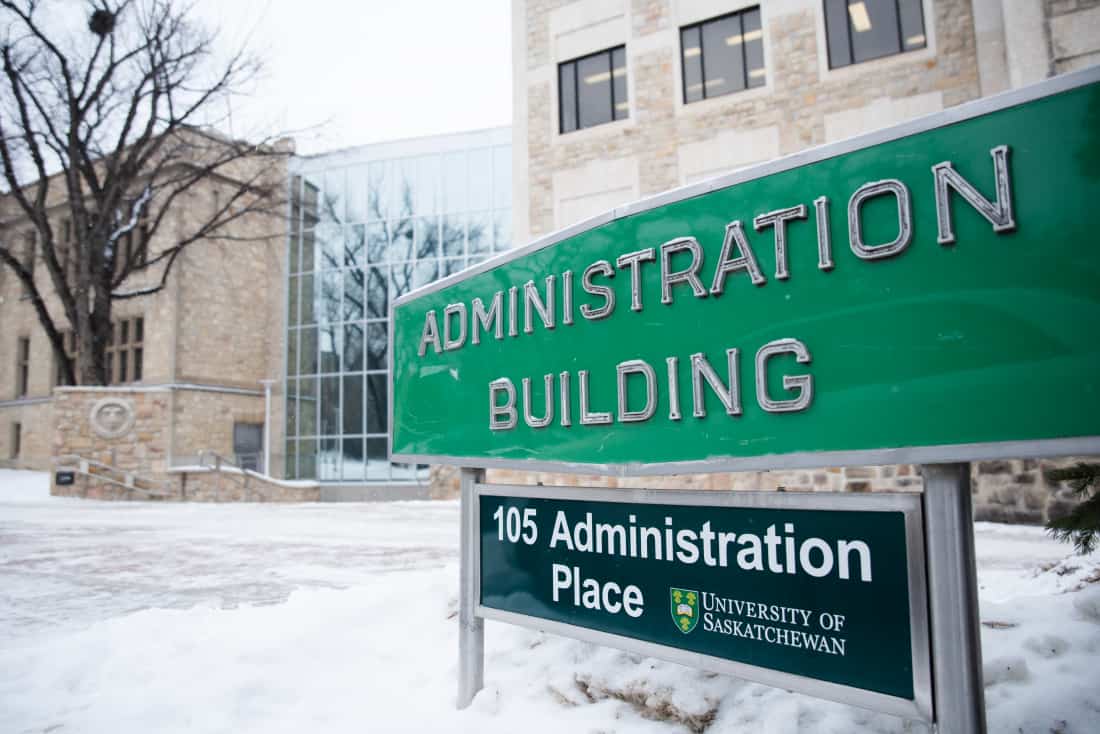
As withdrawals increased substantially at the University of Saskatchewan in Fall 2020, the university administration is seeking answers through various surveys.
One year ago in Fall 2019, there were 574 student withdrawals from classes university-wide. In 2020, that figure rose to 736, according to Patti McDougall, vice-provost of teaching, learning and student experience. The withdrawals are mainly coming from direct-entry colleges, she says.
McDougall says that causes for withdrawals are many, and it cannot be concluded that the change to remote learning is the only aspect affecting the figures.
“We also know that people struggle with financial issues — the presence or absence of employment is a part of that,” McDougall said. “And then, another big one is people were managing family responsibilities in different ways [this year].”
The university is taking note of the increased withdrawals and the challenges that have arisen due to remote learning and teaching.
In addition to the yearly Student Learning Experience Questionnaire in which students give feedback directly to professors, the Gwenna Moss Centre conducted facilitated student sessions across multiple colleges to gather feedback in synchronous focus groups. Lastly, there was a pulse survey to receive feedback from students who withdrew from classes in the fall.
According to McDougall, common threads emerging from the surveys include a heavier workload, differences in opinion regarding synchronous and asynchronous classes, and the difficulty in creating connections with peers and faculty.
McDougall says it was clear from the survey results that the workload this term was heavier than what people had anticipated. She says that professors might be getting carried away in asynchronous classes, where there is no set time limit for lectures. McDougall calls it “overly ambitious pedagogy,” quoting one of her faculty colleagues.
“There is a certain passion that people have for the teaching of their topic, and I can understand how that might contribute to lengthier videos,” McDougall said.
Another key issue reported in the survey results is a lack of motivation since students are primarily staying at home this year. According to McDougall, students have reported increased mental health issues as well.
“It’s fascinating… I was very moved to read when a student would say ‘my whole life is taking place in one room,’” McDougall said.
McDougall recognizes that this fall term has been particularly tough for students but remains optimistic.
“We see through our other data sources some variability, some highs, some low points for students, and we’re going to work with that,” McDougall said.
“I’m very aware of that and very focused on how we can continue to support students so that they feel that they’re thriving, so that they feel that they’re meeting their academic potential.”
Data from the surveys will be used to advise and direct faculty and professors for the Winter Term. It will also be shared with various student services to improve services for students, such as IT and wellness services.
Looking to the future, the data will also help the university post-pandemic. McDougall says the U of S is considering the more permanent use of some of the innovativations implemented due to COVID-19.
“We’re going to have to keep thinking about how to retain the good things about what’s going on,” McDougall said. “Students [have] different needs, and we need to serve the interests of those varying needs.”
—
Wardah Anwar | News Editor
Photo: Riley Deacon